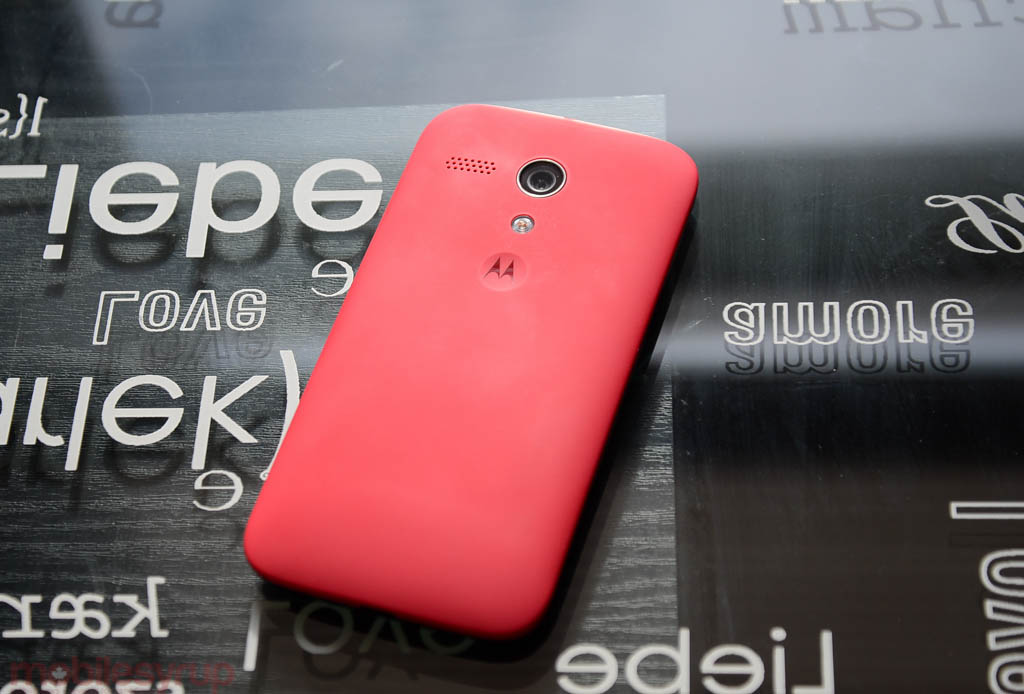
Motorola debuted a $400 phone for $200 this week, shortly after Google debuted a $550 phone for $350. If you think this is coincidental, or is the last time you’ll see the companies undercut their competitors, you’ve got another thing coming.
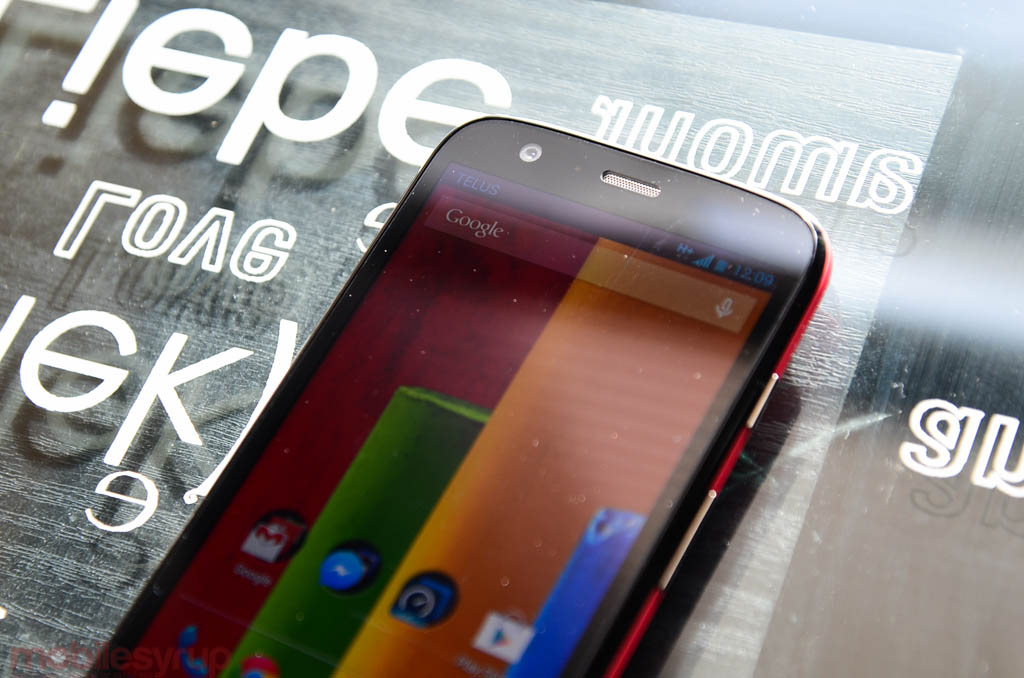
The Moto G is a tremendous piece of hardware, and provides the market with a substantially better Android experience in its price range than ever before. For just over $200, you’re going to get a 4.5-inch 720p display, a quad-core processor with a capable GPU, 1GB of RAM, a decent 5MP camera, a pleasantly-sized 2070mAh battery, a fantastic design and excellent build quality, and a stock version of Android 4.3. In short, this is far more phone than you ever thought possible for the price.
Of course, there are limits to Motorola’s generosity: the TELUS and Koodo versions, which debut sometime this month, will only sport 8GB of internal storage, which works out to around 5.2GB out of the box. With no expandable storage, this is going to be a sticking point among media enthusiasts, especially in a telecom market that limits, or at least discourages, streaming content with relatively expensive data buckets.
Also unfortunate, but more forgivable, is the lack of LTE; the 21Mbps-capable HSPA+ device consistently achieved 10Mbps down and 4Mbps up on TELUS’s network, which is more than enough for the average Canadian.
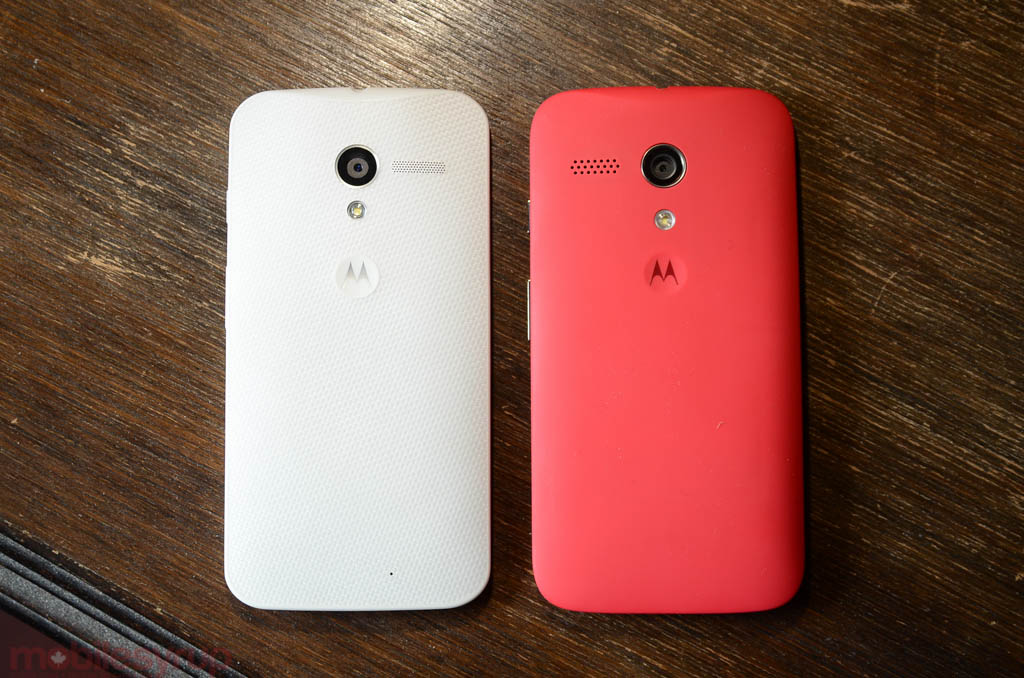
Design-wise, the Moto G is almost identical to the Moto X, the company’s current flagship. While it lacks the Super AMOLED display (and accompanying Active Notifications) as well as the chip necessary to facilitate Touchless Control, you’d be hard-pressed to tell the two devices apart.
Minutely thicker, wider, taller and heavier, the Moto G also has a removable plastic backing that accommodates the myriad colourful replacements Motorola plans to offer for $15 a piece.
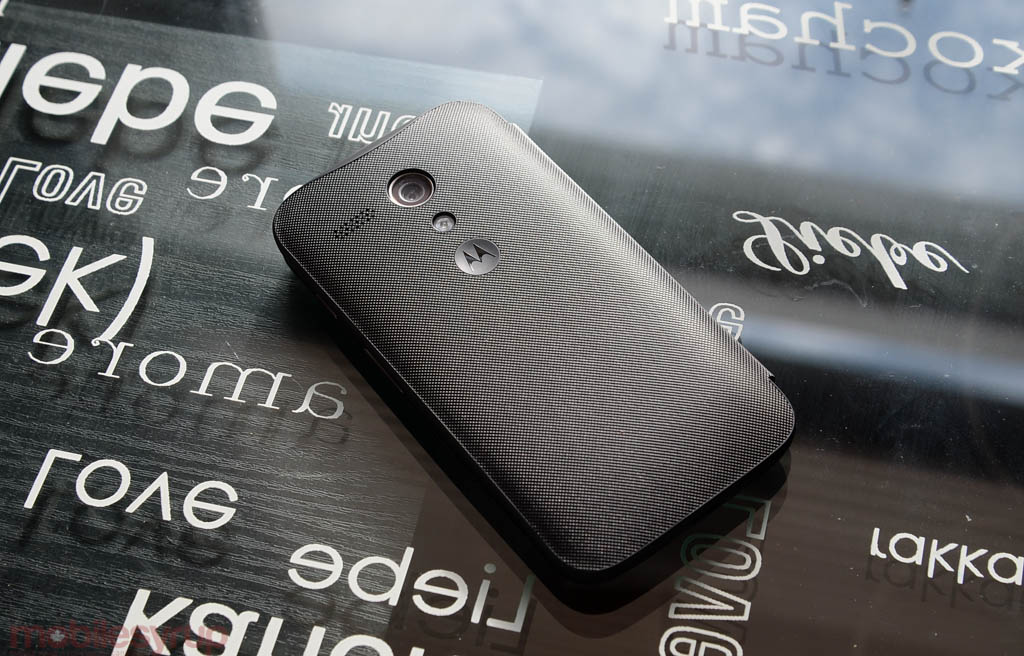 The $30 Flip Cover acts similarly to those found on Samsung’s Galaxy series, using a magnet embedded in the front to mimic the power button whenever the flap is opened or closed.
The $30 Flip Cover acts similarly to those found on Samsung’s Galaxy series, using a magnet embedded in the front to mimic the power button whenever the flap is opened or closed.
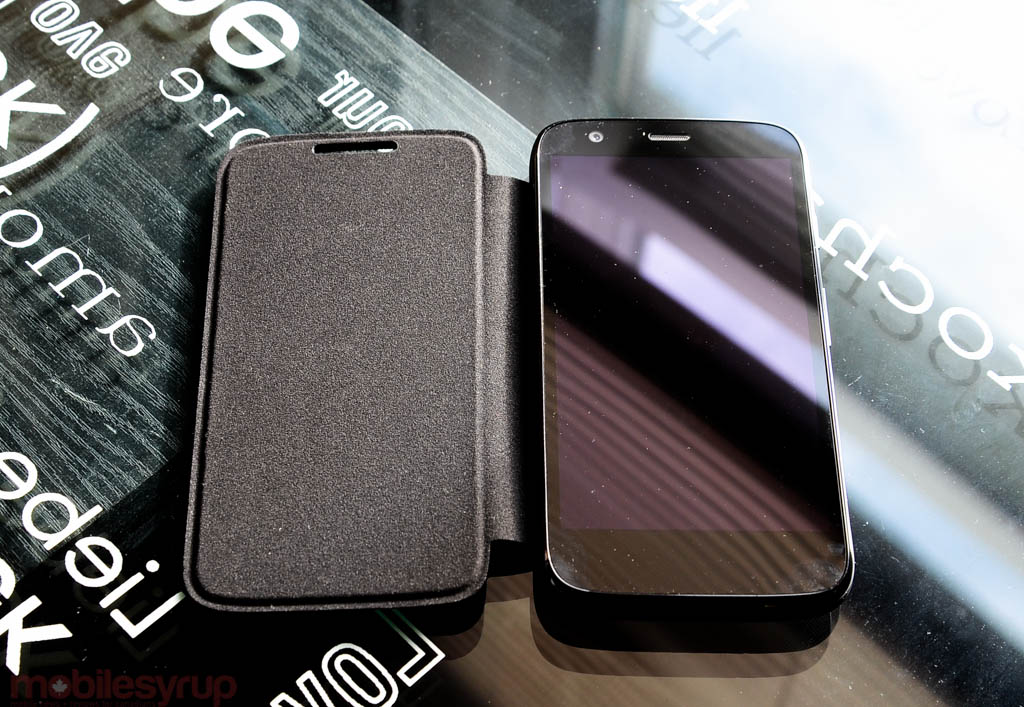
The software experience is about as stock as you can find outside of a Nexus device, and feels more barebones than any carrier-sold smartphone before it. Though it has Motorola’s excellent custom camera app as well as the Migrate and Assist features we covered in the Moto X review, everything else in your stock Android 4.3 app drawer is derived straight from Google.
And though I tried my best, I could not cause the phone to slow down. Instead of the two Krait 200 cores found in other Snapdragon 400 SoCs (like the HTC One Mini and Galaxy S4 mini), the Moto G uses four cookie-cutter ARM Cortex-A7 cores clocked at 1.2Ghz. While the Krait cores are likely more power-efficient per clock, and will excel at single-threaded operations, that the Moto G has four cores should help mitigate any computational disadvantages in multi-threaded apps.
And since all Snapdragon 400 SoCs share the same Adreno 305 GPU, the Moto G should excel in the gaming department, too. We’re going to spend more time comparing the two Snapdragon 400 variants to determine just where the advantages and disadvantages lie, but in short the Moto G is very fast, especially for a $200 phone.

In terms of camera performance, the Moto G is certainly not going to win awards for detail, saturation and speed, but it stacks up nicely to the rest of the mid-range smartphone market.
Its closest competitor in this regard is the $300 Nokia Lumia 625 which also offers a 5MP camera and high-end polycarbonate build, but the Moto G has it beat in many other respects, including price.
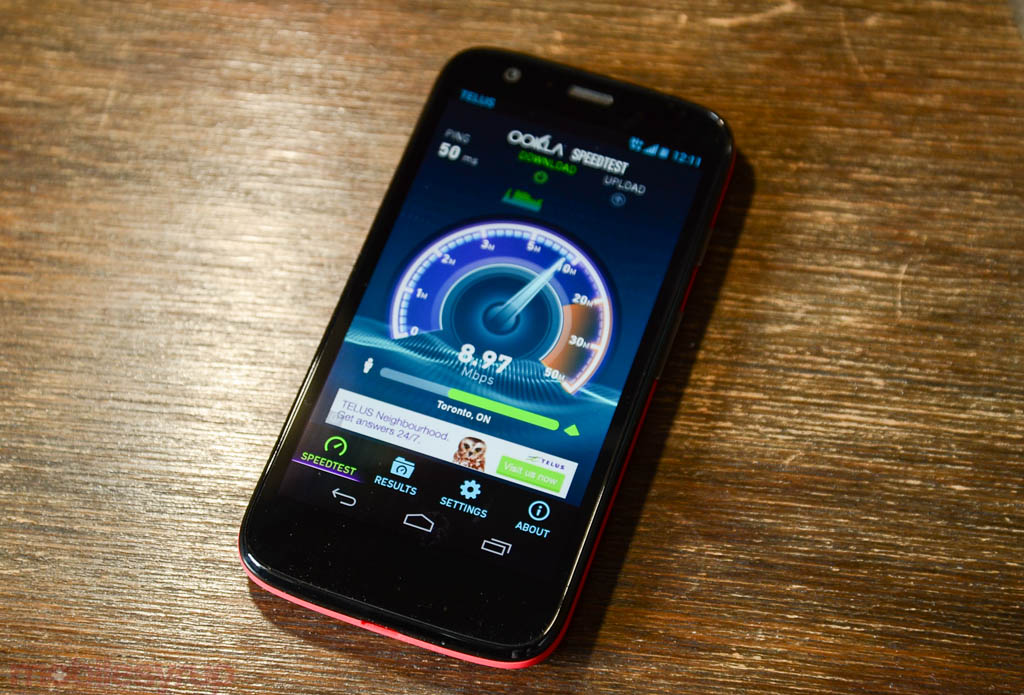
The Moto G is remarkable piece of technology, and would be excellent value at $100-$150 more than its asking price. Even with limited storage space and a lack of LTE, there are only so many nits one can pick before acquiescing to the fact that this is a smartphone with excellent build quality, a sharp HD screen, a fast quad-core processor, a decent 5MP camera, a reasonably-sized battery and a lovely selection of modestly-priced accessories for half of the price of its closest competitor.
Even the cynics need to give credit where it is due: the Moto G is a triumph, and Motorola deserves the accolades.
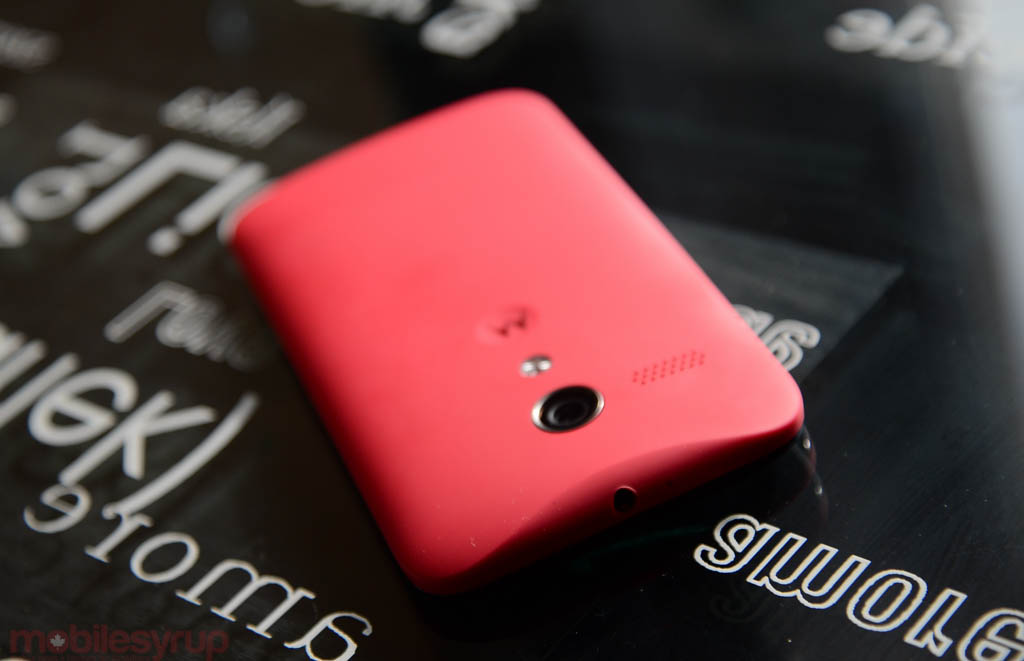
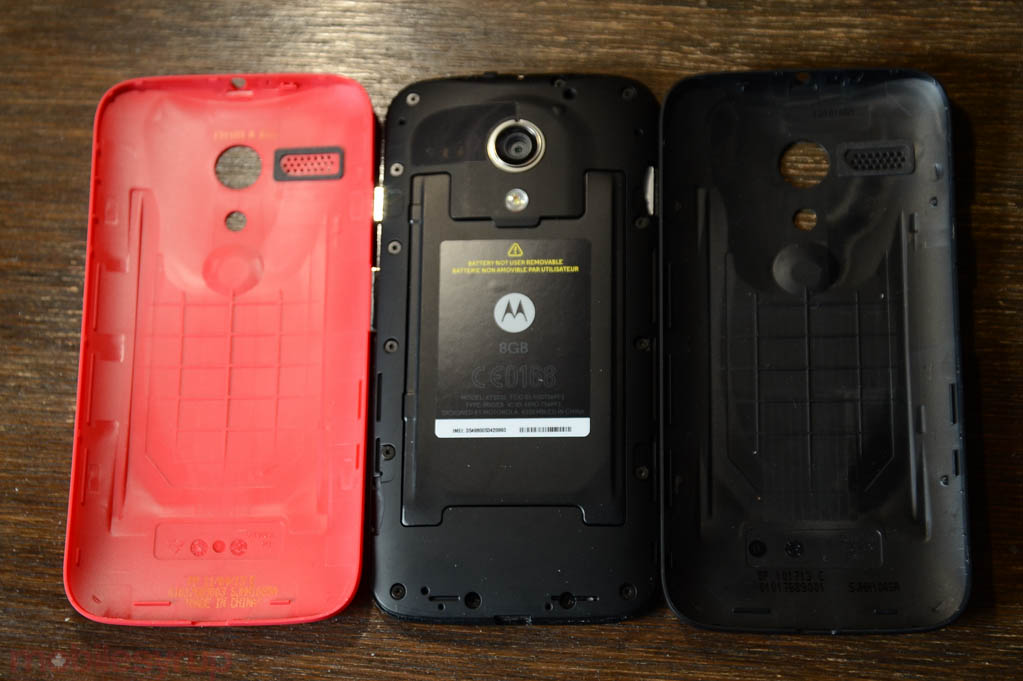
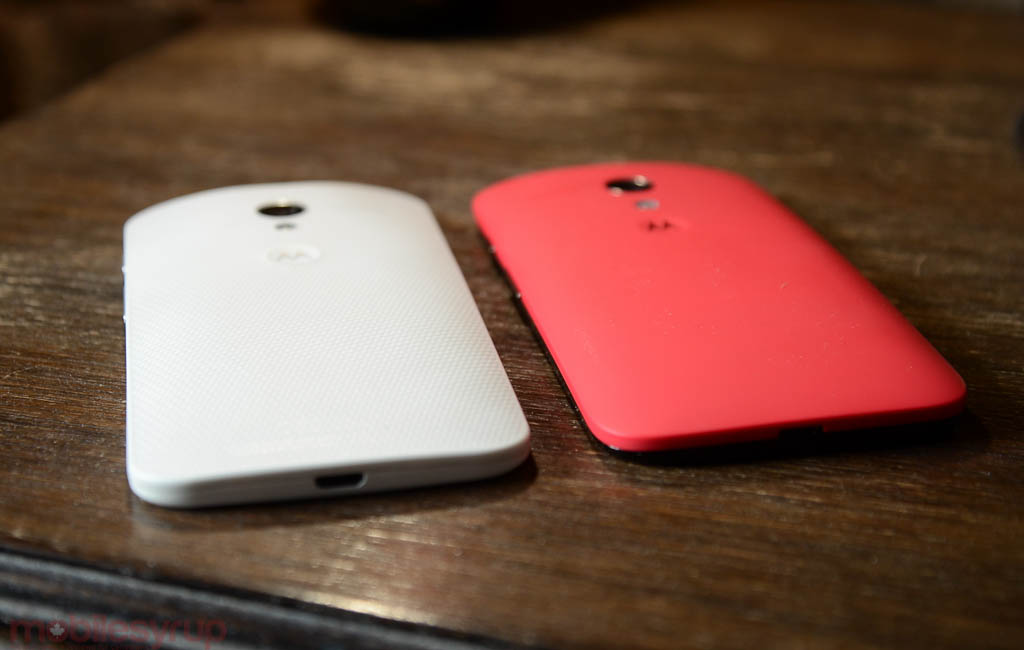

MobileSyrup may earn a commission from purchases made via our links, which helps fund the journalism we provide free on our website. These links do not influence our editorial content. Support us here.


